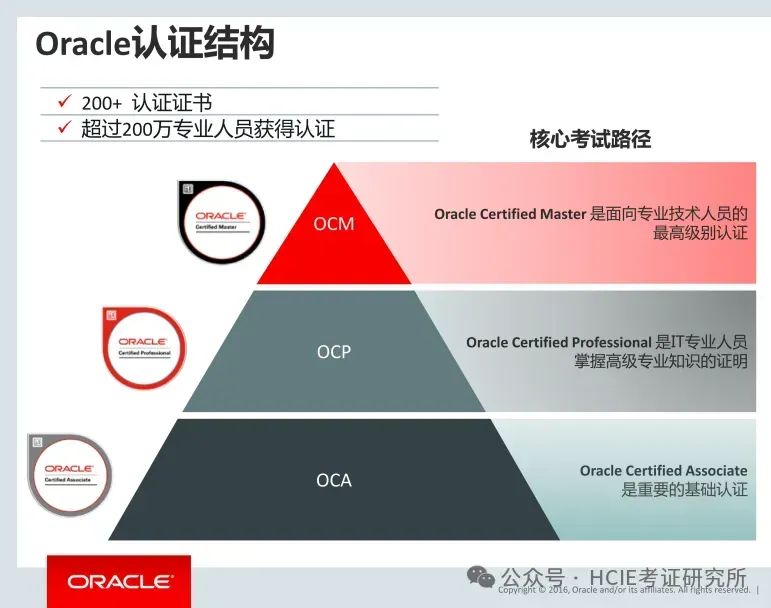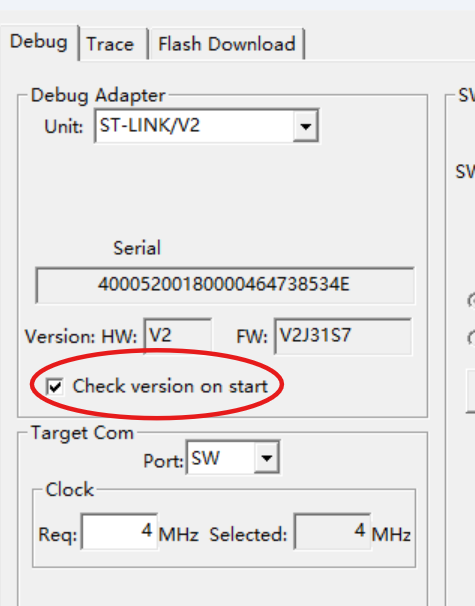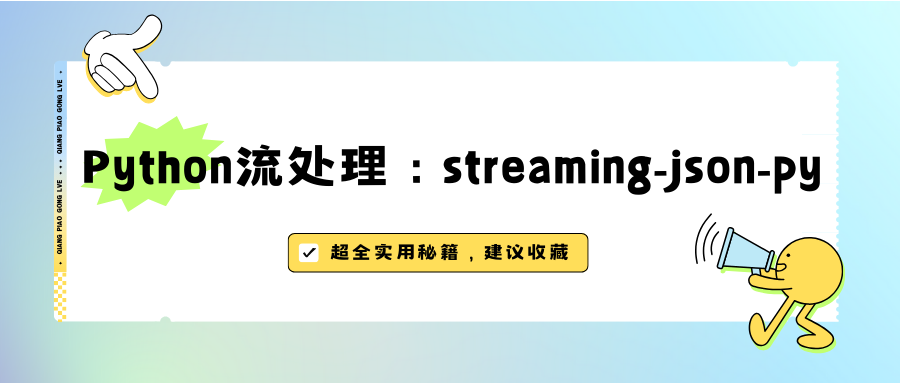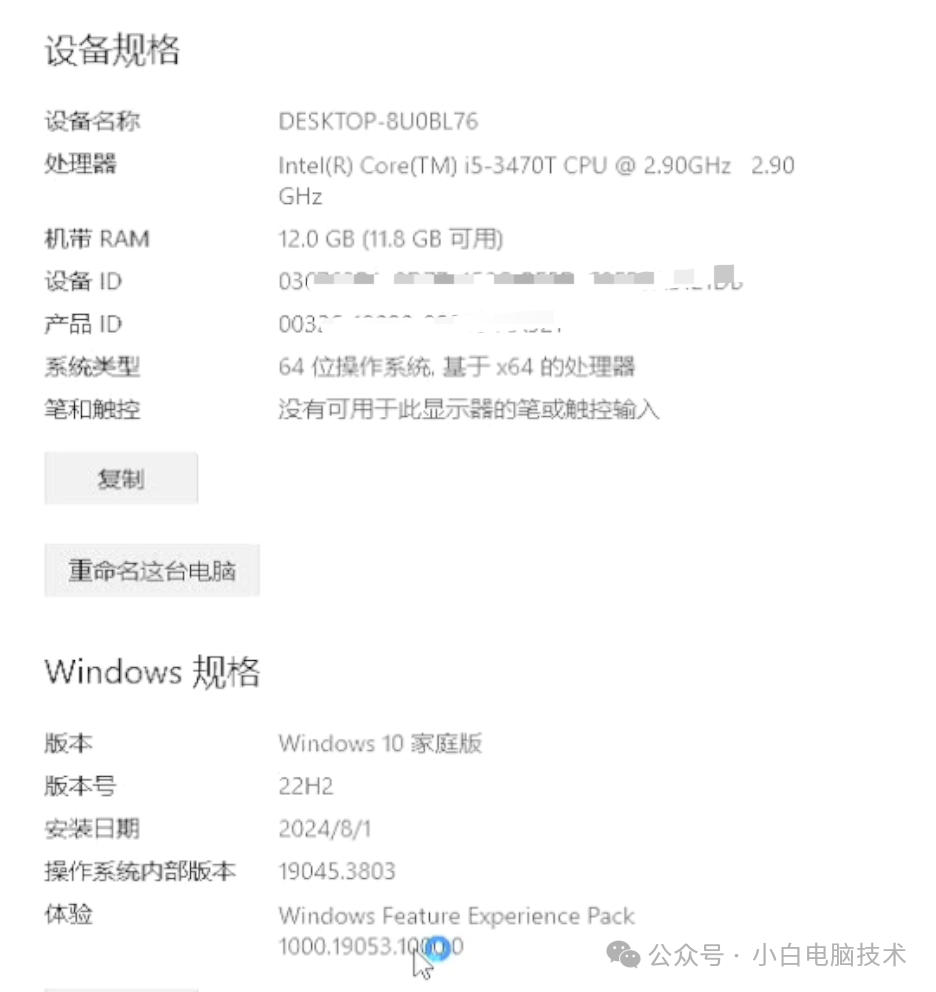1 单例的饿汉式
对象在类加载的时候就创建了,线程安全,速度块,但是浪费空间,
public class Hungry {
//唯一对象
private static final Hungry HUNGRY = new Hungry();
byte byte1[]=new byte[1024];
byte byte2[]=new byte[1024];
byte byte3[]=new byte[1024];
//构造器私有,防止外部new新的对象
private Hungry() {
}
public static Hungry getInstance() {
return HUNGRY;
}
}
2单例的懒汉式
public class LazyMan {
private static LazyMan lazyMan;
private LazyMan() {
}
public static LazyMan getInstance() {
if (lazyMan == null) {
lazyMan = new LazyMan();
}
return lazyMan;
}
public static void main(String[] args) {
for (int i = 0; i < 10; i++) {
new Thread(()-> System.out.println(LazyMan.getInstance())).start();
}
}
}
懒汉式单例创建对象慢,省内存,但是线程不安全

如图产生了两个对象
双重检测锁搞定线程安全问题
懒汉式单例的双重检测锁==DCL懒汉式
public static LazyMan getInstance() {
if (lazyMan == null) {
//因为怕加锁之前lazyMan!=null,所以加双重检测
synchronized (LazyMan.class) {
if (lazyMan == null) {
lazyMan = new LazyMan();
}
}
}
return lazyMan;
}



















